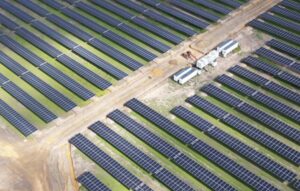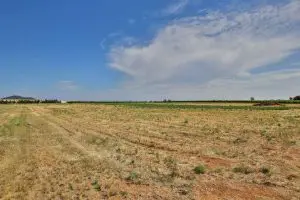Energy Queensland – the state owned network operator – has announced a tender for multiple battery storage installations for up to four hours of storage to support the roll out of renewables, and solar in particular.
The tender is seeking “megawatt scale” battery storage installations of around 4MW and between two and four hours of storage, and is focused on the distributed, or local, networks, and will support the rollout of both large scale renewable and rooftop solar installations.
Queensland is currently the leading state for solar in the country – both in terms of large scale and rooftop installations – but it has little in the way of storage, apart from the Wivenhoe pumped hydro facility in the south of the state, and it often experiences negative prices in the middle of the day which could discourage future investment.
Installing batteries across the local networks will also support the continued roll out of rooftop solar – with the state already leading the country with more than 4.2GW of small scale rooftop installations, although it is being chased down by NSW for that title.
“The adoption of solar PV is fundamentally and rapidly changing the energy supply system by creating ever decreasing minimum demand during the high PV generation hours in the middle of the day,” it says in its tender document, in reference to the so-called “solar duck” curve.
“This minimum demand is becoming a significant threat to the secure supply of electricity for Queensland and is impacting the operation of the network at all levels.
“If the PV adoption rates continue at these rates, as they have over the past 3 years, Queensland could hit the first threshold of stable operation of 2,800MW in 2021, and the second threshold of 1,500MW in 2023.
Queensland has little in the way of grid scale storage, with the state’s biggest battery at Wandoan – 100MW and 150MWh – only recently beginning the commissioning process, but it recognises that a lot more will be needed.
“Forecasts vary, the expected level of energy storage required in Queensland will be in the order of multiple GWhs,” the document says.
Energy Queensland says it is calling for expressions of interest from potential supply partners who, over the longer term, can support a variety of grid scale battery system sizes and capabilities. Each supplier needs to be able to deliver 100MWh of battery storage.
“This will support Queensland manufacturers to provide suitable energy storage solutions for the long term needs to reach fifty per cent renewables by 2030, with nearly one in three customers in detached houses in Queensland now having solar PV on the roof,” it said in a statement.
This expression of interest is focused on offerings for megawatt scale grid storage which will be suitable for connection at the 11kV, 22kV or 33kV electricity distribution network.
“In order to achieve a value for money comparison, Energy Queensland is requesting pricing and technical response on a small subset of the potential system size offerings, namely, four megawatt systems capable of providing two hours and four hours storage duration,” said Peter Price, Energy Queensland head of engineering.
“These system sizes have been chosen for initial comparison as they are the most likely size for installation in the near-term, however, Energy Queensland may procure larger or smaller systems depending on business needs at the time.”
It says the battery storage systems must be able to provide frequency response, and possibly also “virtual inertia” and system strength services.










